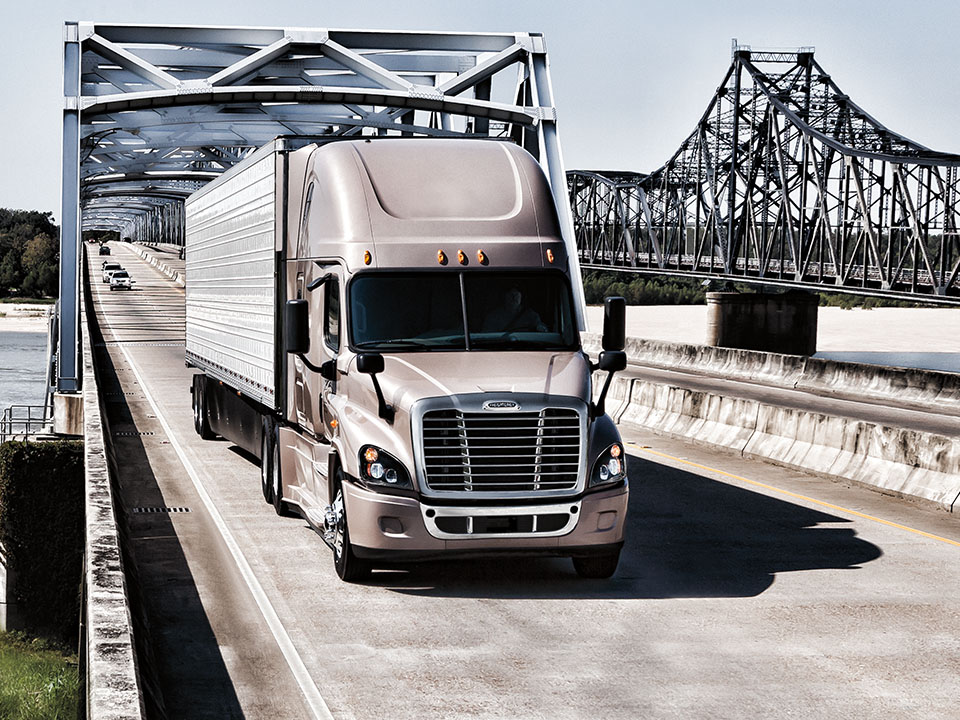The bad news: COVID-19 is forcing fleets to re-asses every aspect of their business. The good news: COVID-19 is forcing fleets to re-asses every aspect of their business.
Last month, TruckingInfo published an article discussing how fleets are looking at various ways to run leaner in order to survive this pandemic. That’s why numerous articles in business and trade publications have focused on business continuity vs. business growth. Over the last seven months, I’ve posted a number of blogs dealing with how COVID-19 is forcing companies to look at their attitudes on inventory, employee engagement, investing in new technology, risk management, supply chain relationships, and more.
But rather than looking at all of this from a “doom and gloom” perspective, we should instead look at this as an opportunity to improve the way our businesses operate. Complacency is often the enemy of advancement. Customers aren’t complaining (at least, not excessively), employee turnover is low, sales are stable if not growing…so why make changes? And so, many companies stay the course…until disaster hits…like now!
It’s during a time of crisis that a business can see whether that complacency also translates into a lack of agility and flexibility…the very traits needed to survive and thrive during and after a crisis. Earlier this year, in an article from consultancy giant Ernst & Young (EY), the company discussed the five essential steps businesses needed to take to not just survive the pandemic, but to find areas where “companies can build resilience and reshape themselves for a post-crisis world.”
These steps include:
- Focus on employee safety and engagement – With many employees furloughed or laid off, morale for those remaining is low. Plus, many employees are working from home so it is essential to create a way to keep these people engaged, including improving communication with the employees both in stile and timing.
- Ensure continuity by reshaping strategy – This is the time to re-evaluate your supply chain, cement relationships with your primary suppliers, but have alternatives should your primary suppliers have their own problem. They also need to identify financial and operational risks and respond quickly (thus the need for agility); look again at budgets and plans; and evaluate business liquidity.
- Keep stakeholders informed – From customers to employees to suppliers to creditors to government regulators – all of these stakeholders need to be communicated with on a regular basis. These communications need to be “clear, transparent, and timely.”
- Identify government support possibilities – During crises, governments will often offer support; sometimes that support is limited, sometimes a bit more generous. Companies need to identify if and where they need support and then find those government programs that may apply.
- Get ready for the new normal – We may all be hoping to return to our old way of life; however so much has been impacts by the virus, that there may be some things that need to change. Once the pandemic ends, companies should look at the adjustments made to see what worked and what didn’t and how these adjustments may be optimized to improve performance and productivity overall.
What do fleets need to look at?
Fleets have very specific issues to consider during this pandemic, even though some of those steps above apply to them as well. The TruckingInfo article details those items that are most impactful and offers suggestions from fleets that have answered the challenge.
- Operations – Companies used the slowdown to review their processes, assess staff levels, improve efficiencies, and look at investments in new technology.
- Equipment – For some fleets, the slowdown put asset acquisition on the back burner. This approach may end up benefitting full service leasing companies as fleets, having seen how business can be disrupted, may be more inclined to consider leasing needed equipment rather than purchasing the same.
- On the road – Long-haul companies tried different things to save money while still making on-time deliveries – from driver relays to save overnight hotel and food expenses to booking right freight at the right rate to optimizing pricing on fuel purchases.
- Shop efficiency – When it comes to labor, maintenance can be quite costly so some of the fleets interviewed limited labor house which reduced excessive time on regular tasks; trying to do more in-house, thereby limiting the costs of outside labor; negotiated better deals with suppliers, and more.
- Payroll costs – Some companies cut payroll by cutting staff; others reduced the pay for senior management; some tried a partial reduction in days which meant a partial reduction in salary. One company did the opposite, showing appreciation for drivers during these dangerous times by providing “hazard pay.”
Except for the last issue, the changes made in operations, asset acquisition, shipments, and maintenance should all be evaluated after the pandemic is over to see how they could contribute to performance, profitability, and productivity going forward. It may be the only silver lining for the dark cloud we all find ourselves under.
Read my full IdeaXchange blog on addressing hiring pain points caused by COVID-19.





